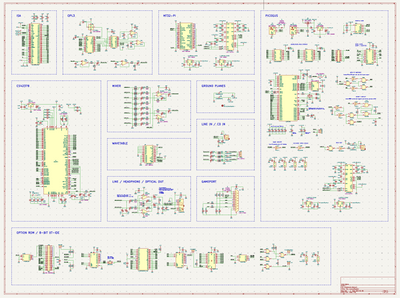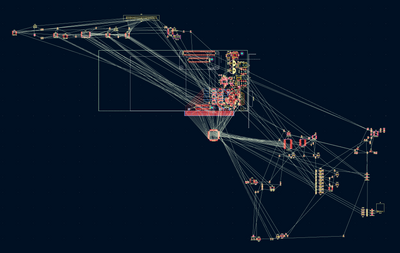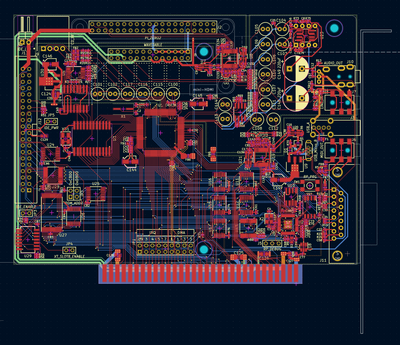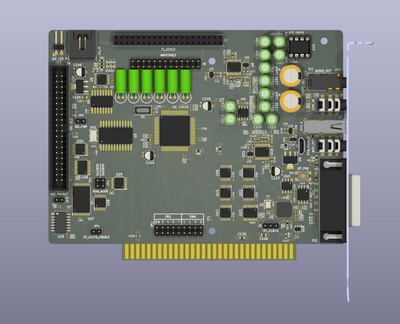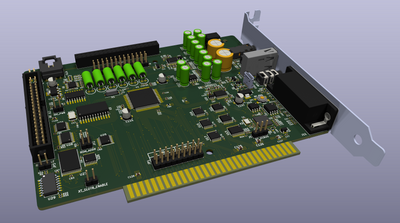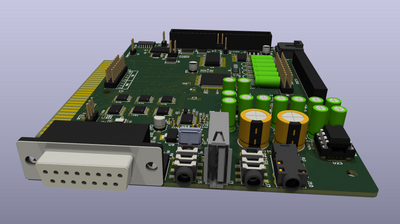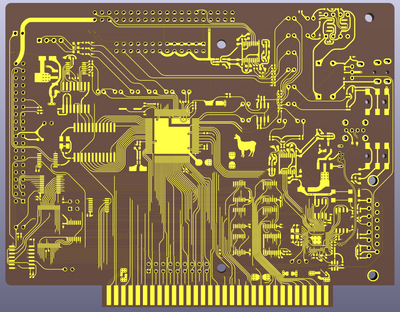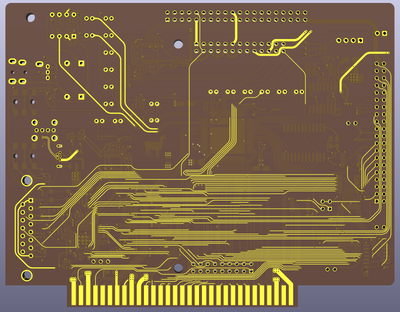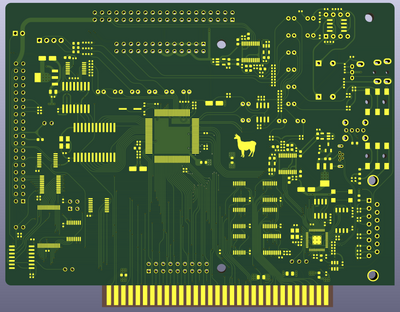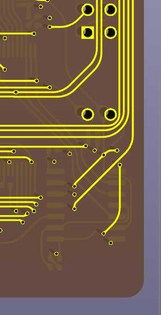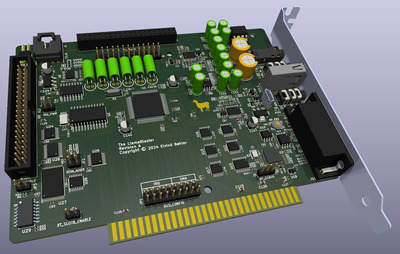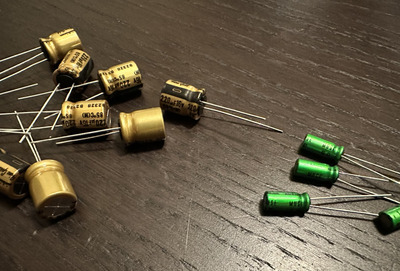valterb wrote on 2024-01-23, 20:15:
I'm glad I ordered some CS4237 and OPL3 chips just-in-case when I was inspired by the ITX-Llama. I'd be very interested in building one of these. Also, I agree that at least support for the XTIDE BIOS ROM would be nice. Maybe dual option-ROMs on one EEPROM? Or someone could modify XTIDE to do the Crystal init.
I've been playing around with the crappy Xilinx ISE software, trying to put together a meaningful design for the CPLD. I think I'm pretty close, but I have a few thoughts that might just make me go with discrete glue logic instead;
* The XC9500XL series chips are 5V-input tolerant, but will obviously only output 3.3V. That's fine for TTL-logic (well above 2V), but I can't really find any specs about current drive per pin. That might represent a problem, and if so will likely only manifest itself in certain conditions (this particular mainboard, populated with these particular cards, etc). So potentially hard to debug.
* These Xilinx CPLDs are fairly easy to get hold of as of right now, but it might not last. If I remember correctly, they were gone everywhere during the chip shortage.
* They're not exactly cheap (say, $8-$15, depending on configuration and vendor). You can get a lot of discrete 74-series chips for that price.
* I was initially hesitant of using discrete glue logic because of space constraints, thinking I'd go with all components on one side of the board. However, most of these are super-slim TSSOP variants that can easily be put on the back side.
To your point about EEPROMs - I was actually thinking about using two separate chips, but as you say, one can easily put two ROMs on a single chip - keeping in mind address decoding boundaries and space concerns, obviously. Might make programming harder from DOS, though. Not (yet) familiar with the XTIDE firmware, but it might be possible to modify that as well, yes. I was kinda into the idea that you should be free to put whatever ROM you wanted into the EEPROM though - but I'm not sure what other useful things other than XTIDE one might want...?
